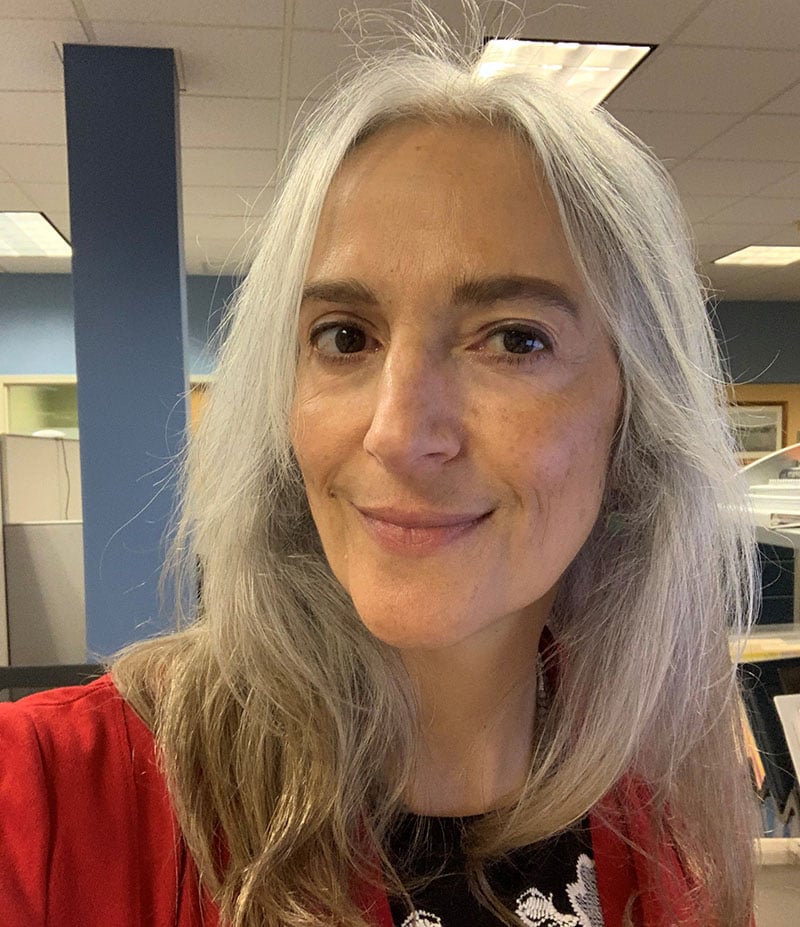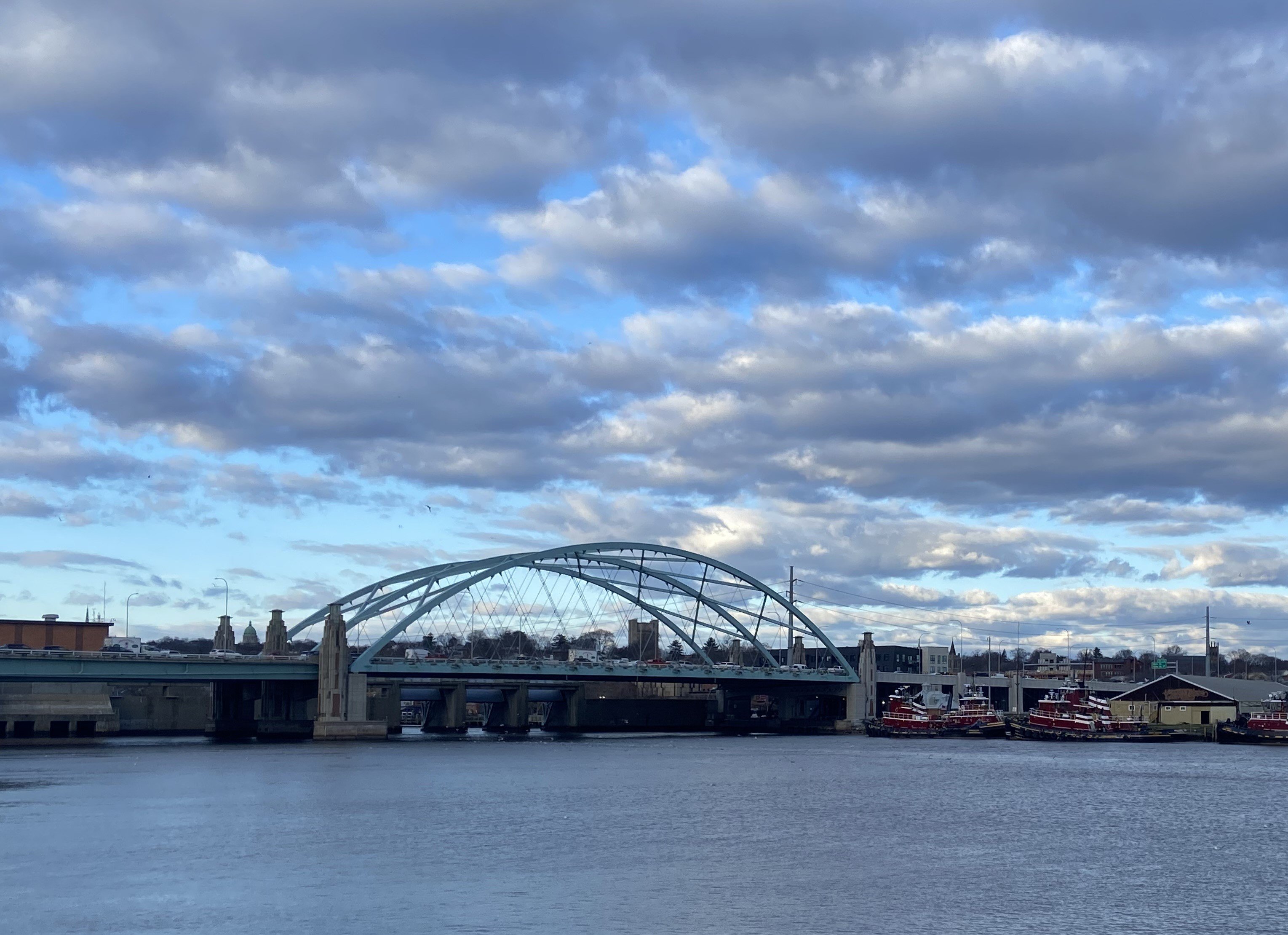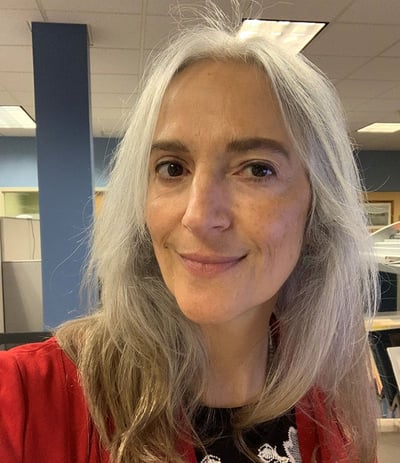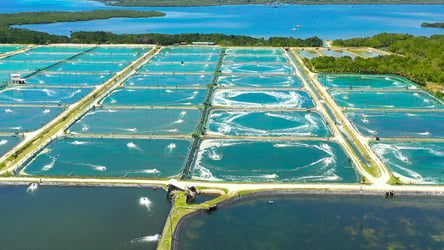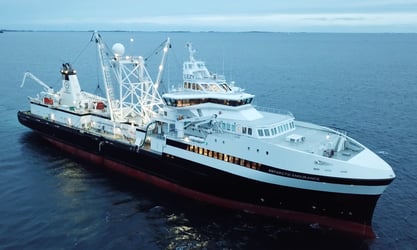In January, Savannah Judge and I attended the Northeast Aquaculture Conference & Expo and the Milford Aquaculture Seminar (NACE/MAS) meeting in Providence, Rhode Island. According to conference organizers, it was the largest meeting ever! The location drew attendees from the mid-Atlantic region all the way to the Canadian Maritimes. This annual meeting brings together industry producers, resource managers, researchers, and students to discuss trends, collaborate, and share knowledge on aquaculture in the northeast region. The meeting included 42 sessions on finfish, sea vegetables, and shellfish farming, including research-oriented, tech-forward hatcheries. It was great to see so many Maine-based organizations.
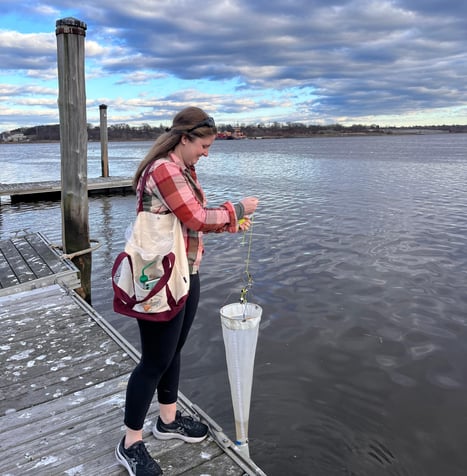 Pictured left: Savannah collects water samples from the Providence River for real-time FlowCam analysis in the booth.
Pictured left: Savannah collects water samples from the Providence River for real-time FlowCam analysis in the booth.
Pictured below: Visitors to the booth are always amazed to see FlowCam in action -- imaging and grouping microorganisms.
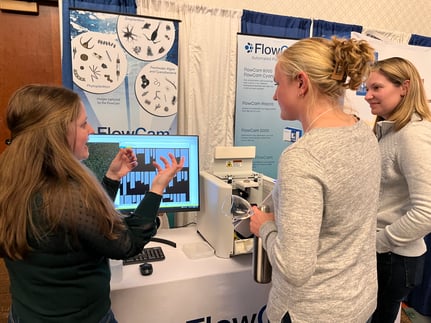
Highlights from the conference included the plenary sessions, which provided rapid-fire industry updates on issues from each of the member regions. Other presentations featuring FlowCam included one by Kelsey Meyer of the University of New Hampshire, who presented her work combining FlowCam and eDNA to enhance understanding of oyster and green crab larvae distribution and interactions in Great Bay Estuary, New Hampshire. Kelsey Meyer was the winner of the 2022 FlowCam Student Grant for Graduate Students.
Savannah delivered a presentation as part of the Shellfish Culture track that she co-authored with the Downeast Institute, NOAA Milford Lab, and the University of New Hampshire called "Picture this: 25 Years of Flow Imaging Microscopy (FlowCam) in Shellfish Aquaculture". The presentation discussed how FlowCam has developed over the last 25 years to help aquaculture researchers image, measure, and count a variety of organisms across the shellfish and finfish industry, including (but not limited to): shellfish gametes & larvae, harmful algae, invasive crabs, and salmon lice.
 FlowCam is used in shellfish hatcheries like the Downeast Institute to track the larvae's health via high-resolution images (like those of shellfish larvae) to quickly assess shell abnormalities. In addition, hatchery managers can monitor the concentration of the algae being fed to the larvae and detect potential contaminants.
FlowCam is used in shellfish hatcheries like the Downeast Institute to track the larvae's health via high-resolution images (like those of shellfish larvae) to quickly assess shell abnormalities. In addition, hatchery managers can monitor the concentration of the algae being fed to the larvae and detect potential contaminants.
Overall, the conference brought together a host of individuals and organizations committed to improving sustainability in the cultivation of renewable food sources from our oceans and lakes. We'd like to thank everyone who took the time to visit our booth as well as the conference organizing committee: Chris Davis, Anne Langston Noll, Lisa Milke, and Gef Flimlin.
Interested in learning more?
Download our newest Application Note: Flow Imaging Microscopy for Shellfish Aquaculture and Research
or visit us at one of our upcoming conferences:
Ocean Sciences Meeting (OSM) in New Orleans, LA (February 18-23)
National Shellfisheries Association (NSA) meeting in Charlotte, NC (March 17-21)







